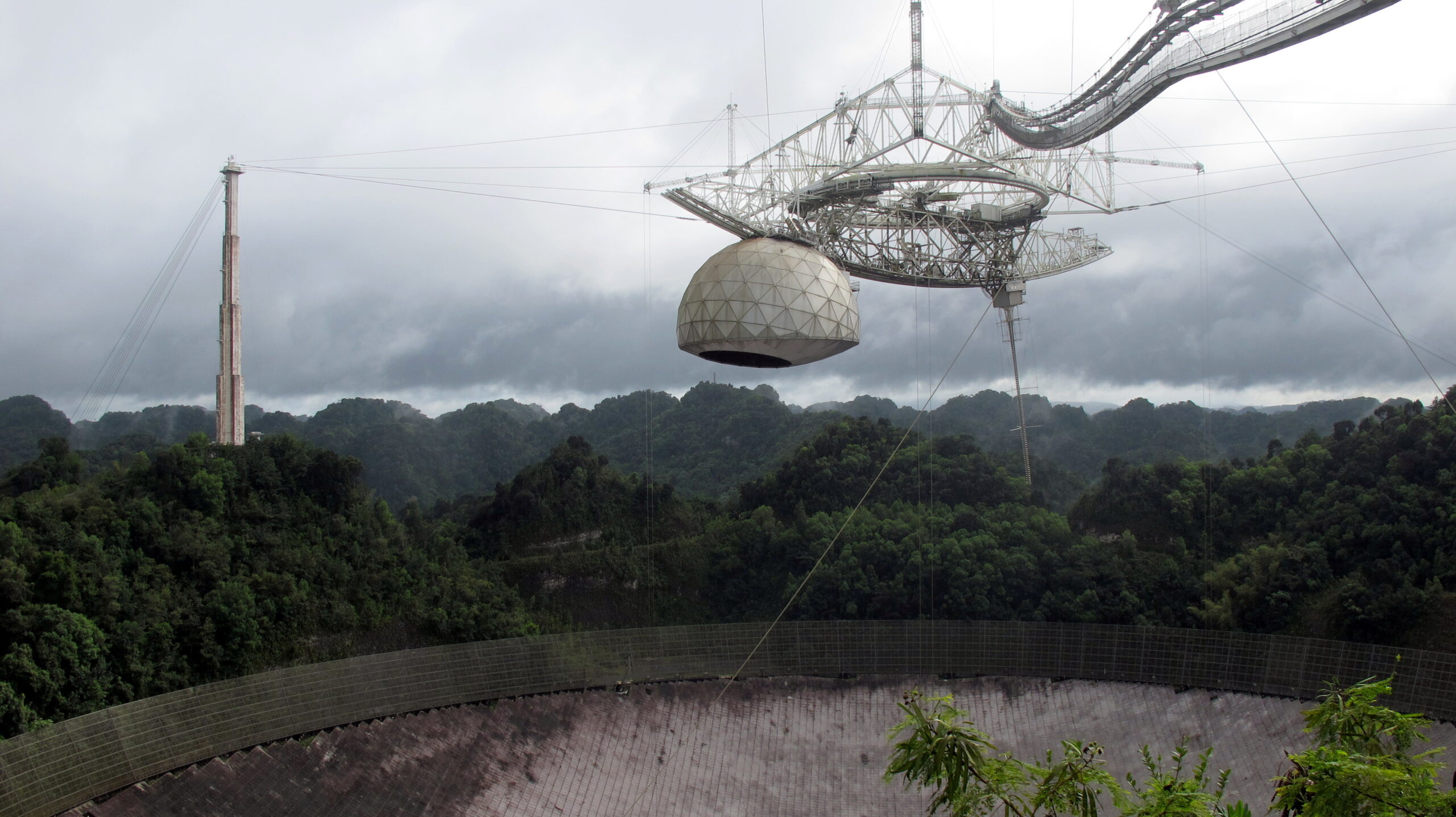Once a proud workhorse of the scientific world, the Arecibo Observatory met its tragic end when its 900-ton science platform smashed through the delicate dish, destroying the aspirations of scientists and astronomers who relied on the data it provided. Now that the difficult task of analyzing what went wrong at Arecibo and why its problems turned fatal has been given to a team of engineers, the ultimate goal of which is to stop another disaster of this magnitude from occurring at any other observatory in the future.
The committee has been tasked with conducting this crucial examination, and its members are well aware of the fact that the results of their probe may not be able to assuage the concerns of the researchers who devoted years of their careers to Arecibo or who used its data to do ground-breaking research. Despite this, an inquiry needs to be carried out in order to determine the causes of the telescope’s deterioration to the point where it is so fragile, despite the fact that no one was aware of the gravity of the problem.
Over the course of the past ten years, the Arecibo Observatory, which is situated in Puerto Rico, has been subjected to a variety of difficulties, including the effects of earthquakes and hurricanes. In 2018, the operation of the observatory, which included the radio telescope and the surrounding property, was taken over by the University of Central Florida. Nonetheless, the tragedy struck once again just two years later when another wire broke. Then, on December 1, 2020, a third cable failed, which resulted in the devastating collapse of the entire platform and left three research communities in ruins.
During the first publicly held meeting of the committee, which took place on January 24 and 25, presentations were given by engineers who have been carefully researching the collapse. Now that they have their findings, the committee is in a race against time to synthesize them into a complete report in the remaining eight months.
A NASA document consisting of 600 pages that conducted an inspection of the socket that broke down in August of 2020 is one of the important parts of the jigsaw for the engineers. The failure was ascribed to a condition known as “zinc creep,” which was responsible for the socket breaking down. Since that time, engineers and technicians from the Arecibo Observatory as well as the National Science Foundation (NSF) have combed through old documents, developed new models, and carried out forensic studies of the observatory’s components in order to grasp the full scope of what went wrong.
The engineers were aware of the damage that was caused by Hurricane Maria as well as the accompanying swarm of earthquakes that devastated Puerto Rico at the end of 2019. Nevertheless, at the time, none of the damages were regarded to be an emergency; this fact raises problems regarding the decision-making procedures as well as the evaluation of risks.
The committee is concerned about a variety of issues, including the protocols that govern the National Science Foundation (NSF) as well as its connections with the universities who are responsible for administering its facilities. The age-old problem of effectively managing one’s finances is another aspect that is being analyzed. In particular, the committee is investigating the prioritization of funds between new projects and old facilities, which may have been one of the factors that contributed to the negligence that finally led to the terrible outcome at Arecibo.
The National Science Foundation (NSF) has been heavily involved in the development of important observatories such as ALMA, Gemini, and LIGO, and it is currently working on more ambitious projects such as the Vera C. Rubin Observatory in Chile. The committee wants to learn more about how to successfully maintain and manage these essential instruments in the future so that they can better serve society.
As the study progresses, it is becoming more and more clear that the collapse of the Arecibo radio telescope was not the consequence of a single catastrophic incident but rather the accumulation of missed signals and deficiencies in the system. Because no other facility is capable of filling the hole that the loss of Arecibo’s one-of-a-kind capabilities and adaptability has created in the scientific world, the scientists who are eagerly awaiting the creation of other observatories have been left extremely dissatisfied.
Not only for the goal of innovative research but also to commemorate the heritage of amazing observatories like Arecibo, the report of the committee will definitely serve as a poignant reminder of the requirement to be attentive in conserving and maintaining scientific infrastructure. This is necessary not only for the sake of innovative research but also to honor the legacy of observatories like Arecibo. By drawing lessons from the unfortunate circumstances surrounding its destruction, we may work toward the goal of ensuring that the scientific community is never again affected by a catastrophe of this kind.
![]()
